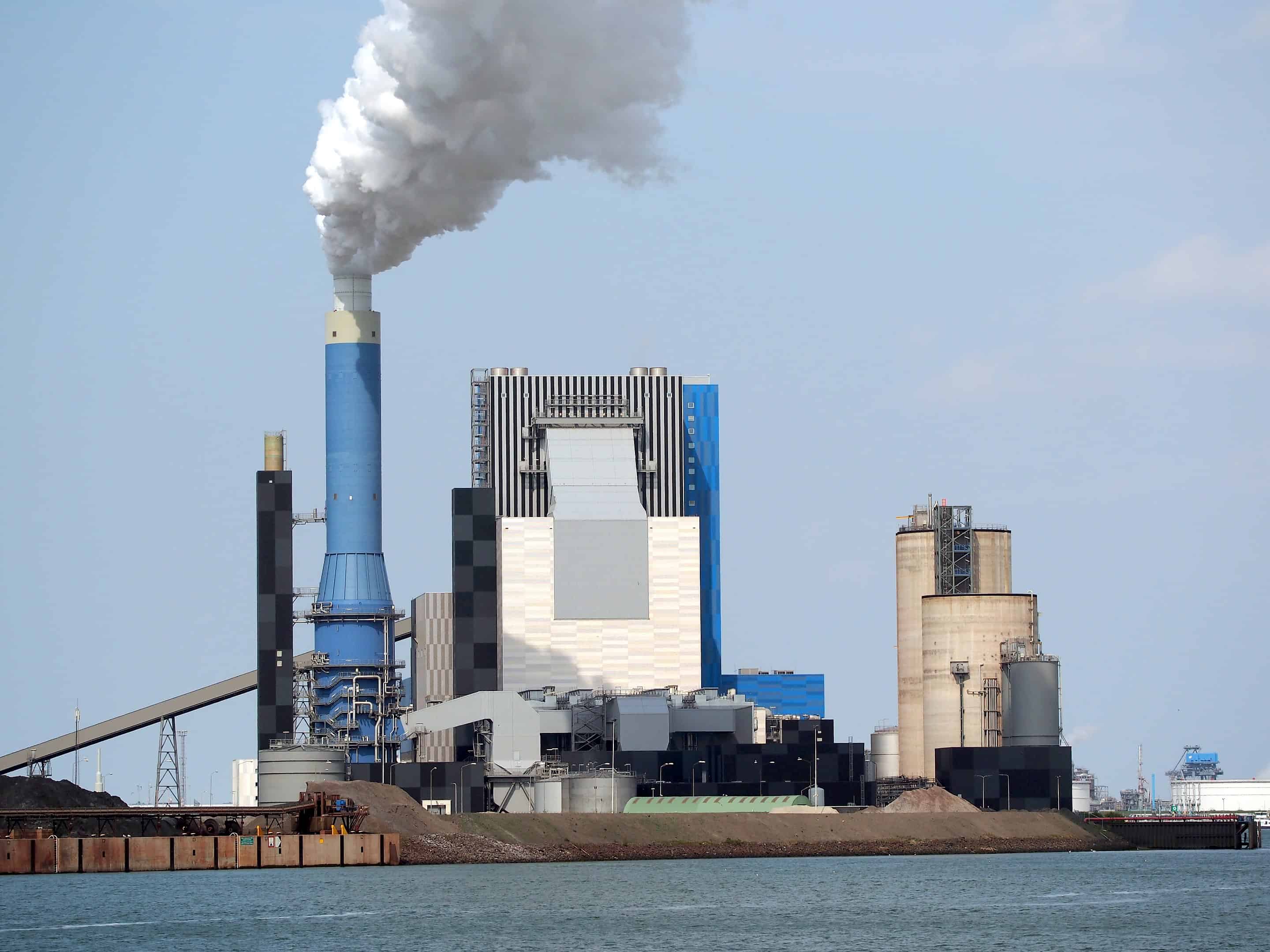
It is almost a decade since the Fukushima nuclear disaster sent shockwaves around the world, and triggered a mass shift aware from nuclear power due to safety concerns. The reactor was designed to withstand the impact of earthquakes and tsunamis that are always considered a threat in Japan, but when both struck at once the emergency backup systems failed to prevent a series of nuclear meltdowns and widespread radioactive contamination.
Since then Japanese scientists have identified the ultimate cause of the radiation leak, and have been working with scientists in the US and Europe to find ways of preventing any future recurrence. A European team at the Czech Academy of Scientists believe they
now have a solution that has received EU-wide patent protection.
Cause of the Radiation Leak
The nuclear fuel that powers reactors is housed inside rods made from alloys of zirconium combined with other metals. Zirconium is used thanks to its resistance to extreme temperatures, which regularly reach up to 400 degrees centigrade during normal operation, but which during a disaster like the one in Fukushima, can rise much higher, causing what is known as a meltdown in the reactor’s core.
“The problem is that at these high temperatures corrosion inevitably sets in [to the protective nuclear rods],” explained Irena Kratochvílová, head of research at the Academy’s Physics Institute. “And it was precisely this corrosion that caused the fuel rods to be torn apart and radioactive nuclear fuel to leak out of the Fukushima reactor.”
When the plant’s sensors correctly detected the earthquake, its emergency systems kicked into place, halting the fission process when the main power systems failed. Backup diesel generators continued to circulate coolant to prevent the nuclear core from overheating, and going into meltdown. Those backup generators, however, were knocked out by the subsequent Tsunami, causing the core’s temperature to rise and trigger the nuclear meltdown.
Scientists believe that if the protective nuclear rods had not been weakened by the normal process of corrosion, or if they had been made of a more resilient substance then the situation might have been brought under control.
Solution
Since the disaster a number of prototype casings for the fuel rods have been created, that have promised to be more operationally resilient at high temperature and less prone to corrosion. These prototypes have included stronger metal alloys, as well as ceramic coatings, which like the ceramic tiles that protected NASA shuttles against the extreme heat generated on re-entry in the earth’s atmosphere, can withstand extremely high temperatures. Each new prototype, however, failed to perform as intended when put through test protocols, ultimately causing the type of cracking that allowed radiation to leak out of the reactor at Fukushima.
By contrast, the Czech team have developed a specialist coating of microscopic diamonds and soft carbon, that achieves the combined properties of high strength, high resistance to heat, but also a level of flexibility to prevent cracking. In addition, once exposed to high temperature, traces of carbon penetrate the Zirconium providing an added layer of defence against corrosion from water and hydrogen.
The protection that the coating provides not only during temperatures generated during normal conditions, but also during conditions generated during a nuclear accident, have been described as “astounding”.
By reducing corrosion by almost 90%, the new invention not only reduces the risk of a meltdown during a disaster, but also stands to massively reduce the impact of nuclear waste on the natural environment. This is considered vital for the future of nuclear energy, because while it does not produce carbon dioxide and can assist the fight against global warming, storing nuclear waste has long been a costly and potentially hazardous exercise.
“People often don’t realise,” said Kratochvílová, “That the rods with the nuclear fuel are usually not taken out of service due to the radioactive fuel being entirely spent, but because of corrosion to the Zirconium casing.”
Patents are now also pending in the US and South Korea, and negotiations allowing the use of the technology by global leaders in civil nuclear energy are already underway. In another first, the hi-tech coating has also found new applications in heart surgery, and is currently being trialled as a coating on coronary stents, which it is hoped will similarly prevent corrosion and other forms of wear and tear.








